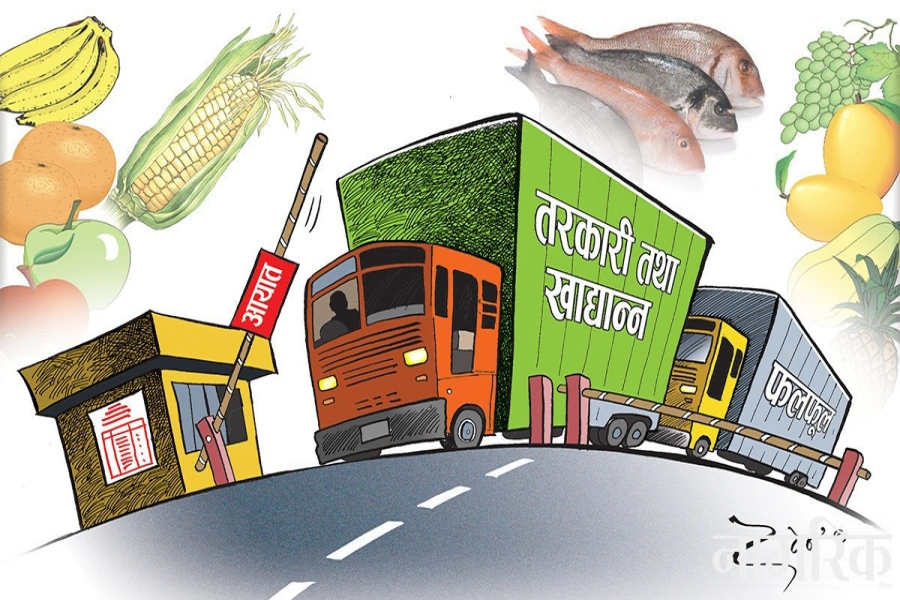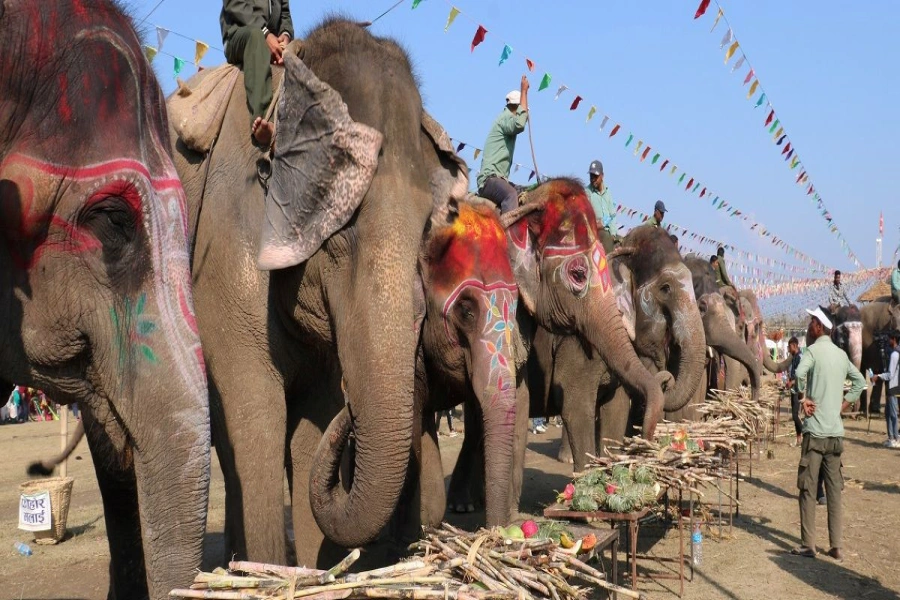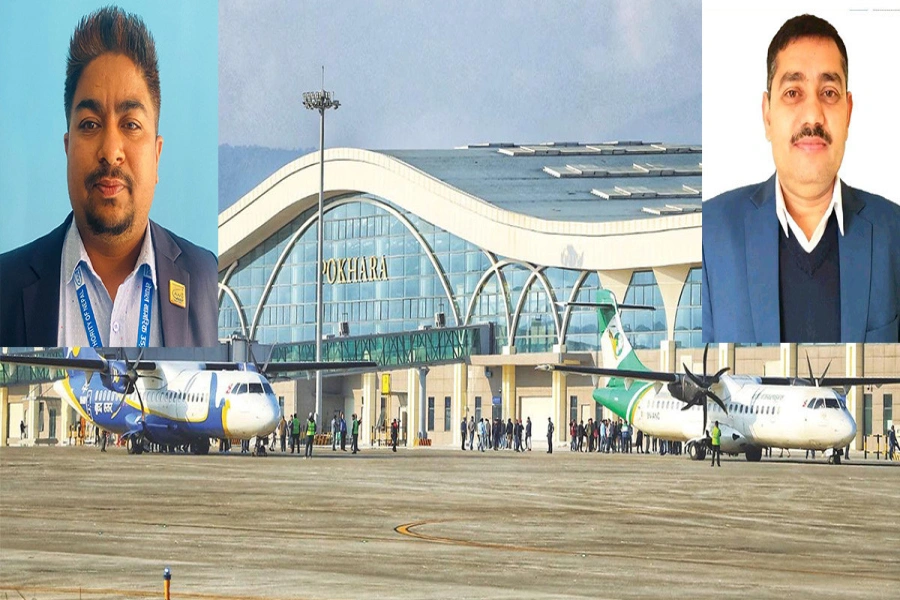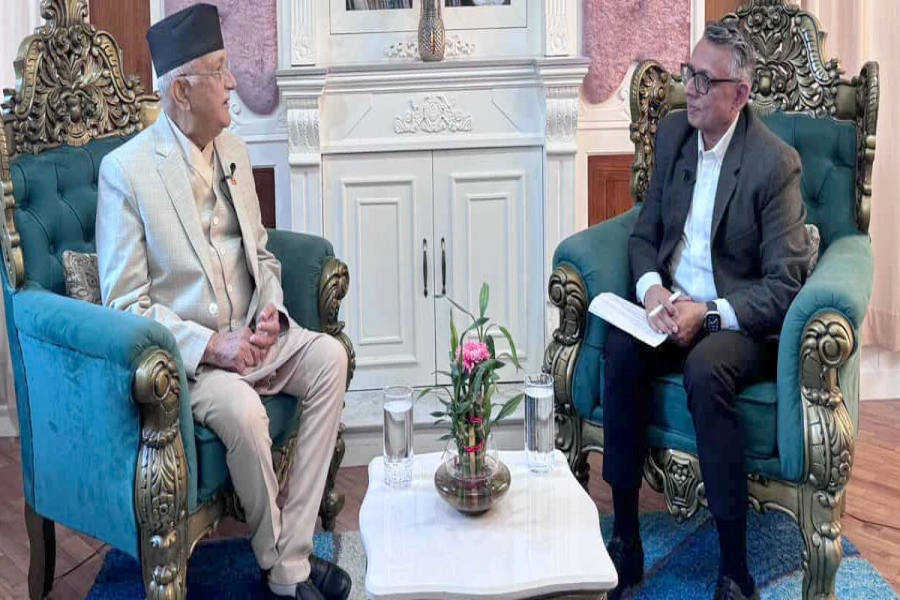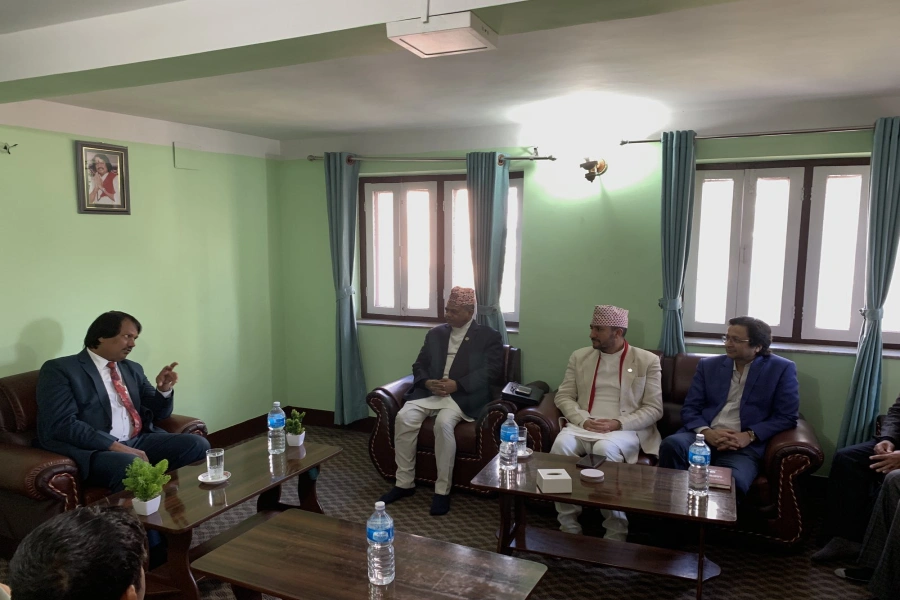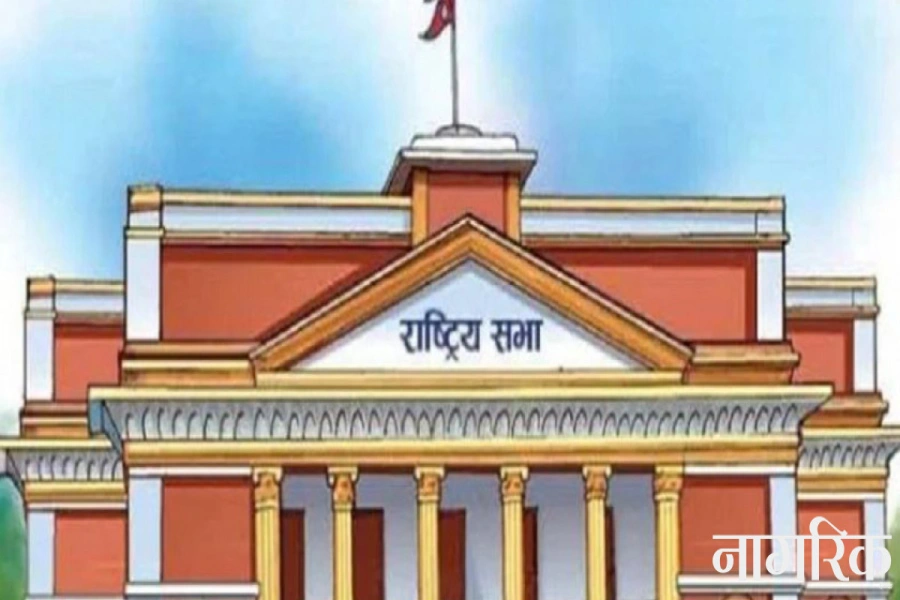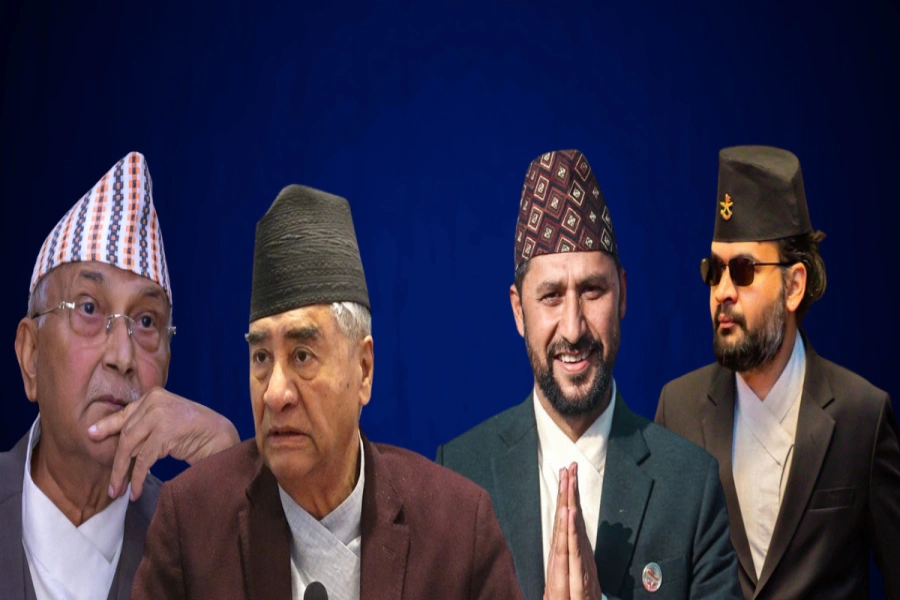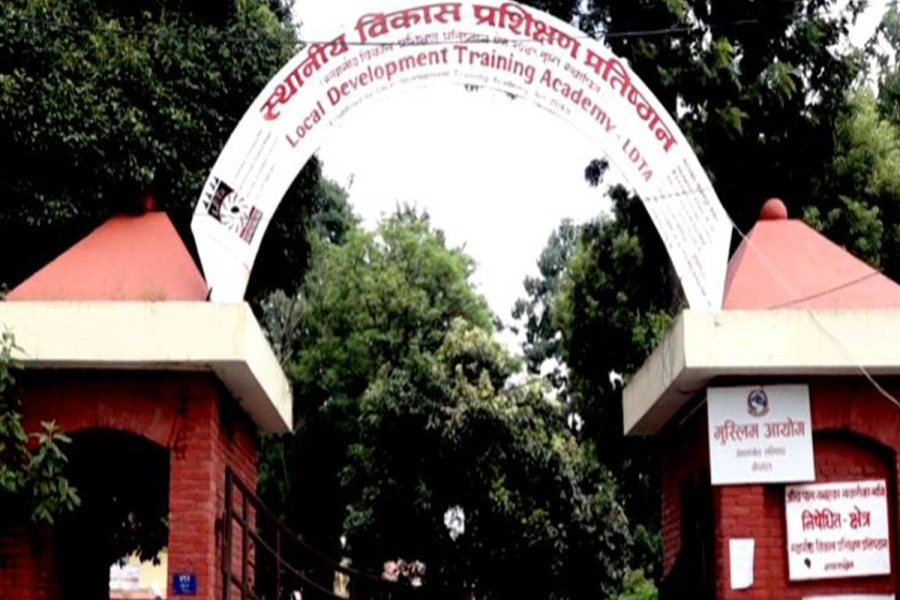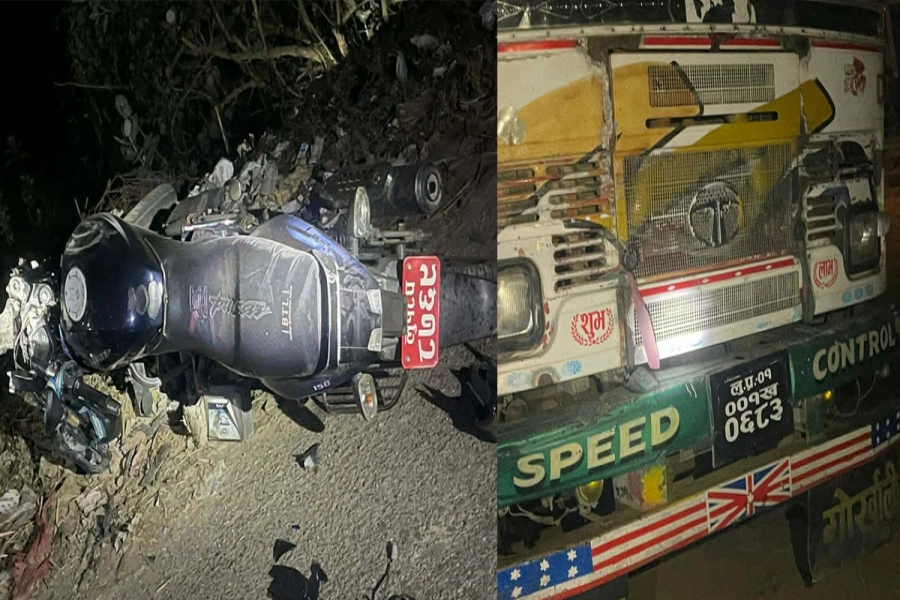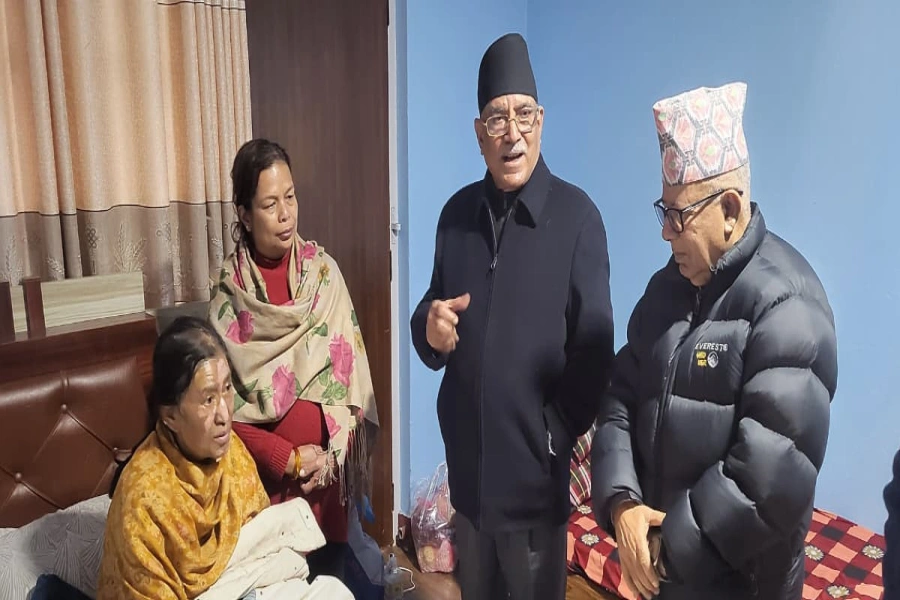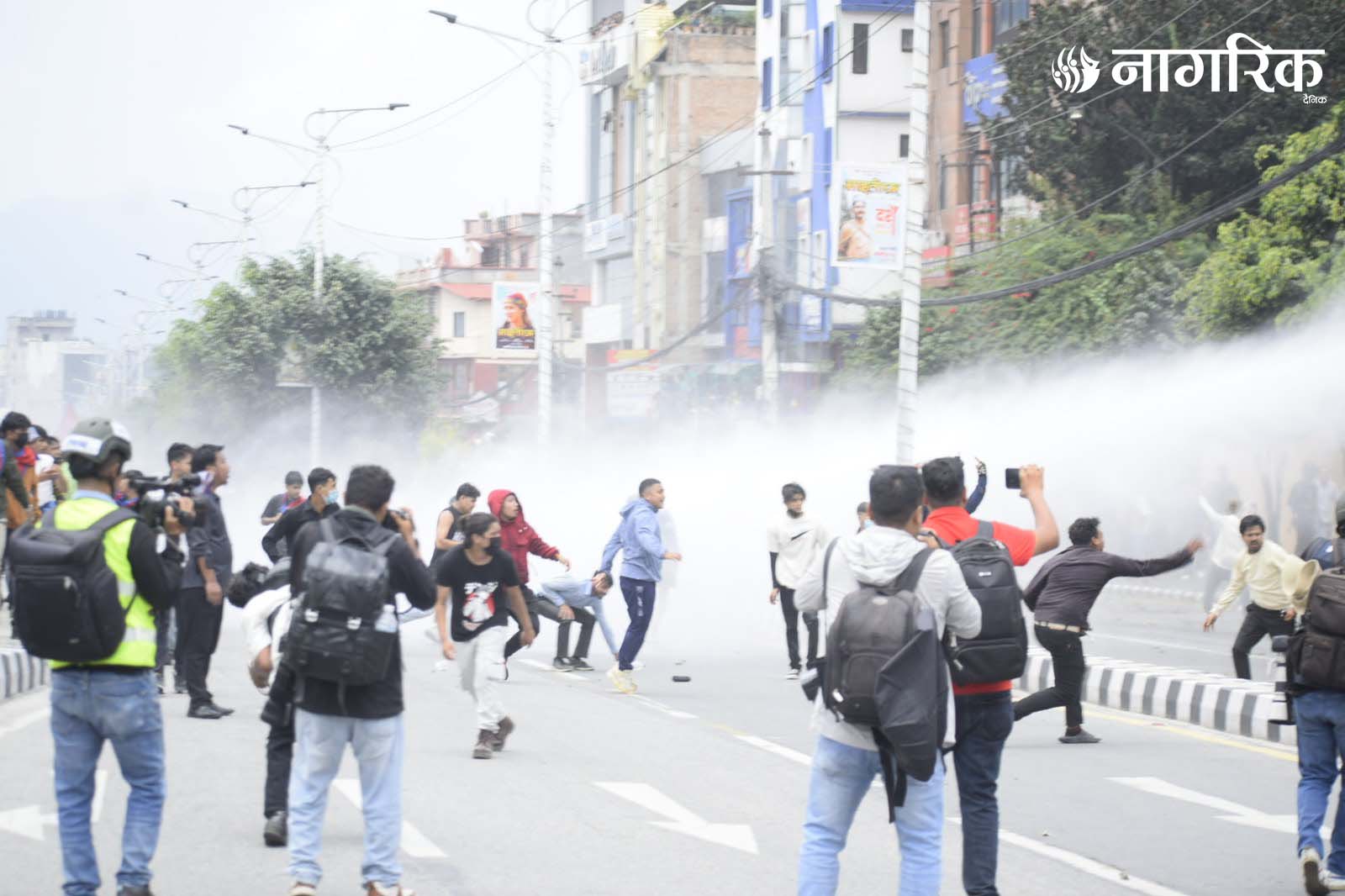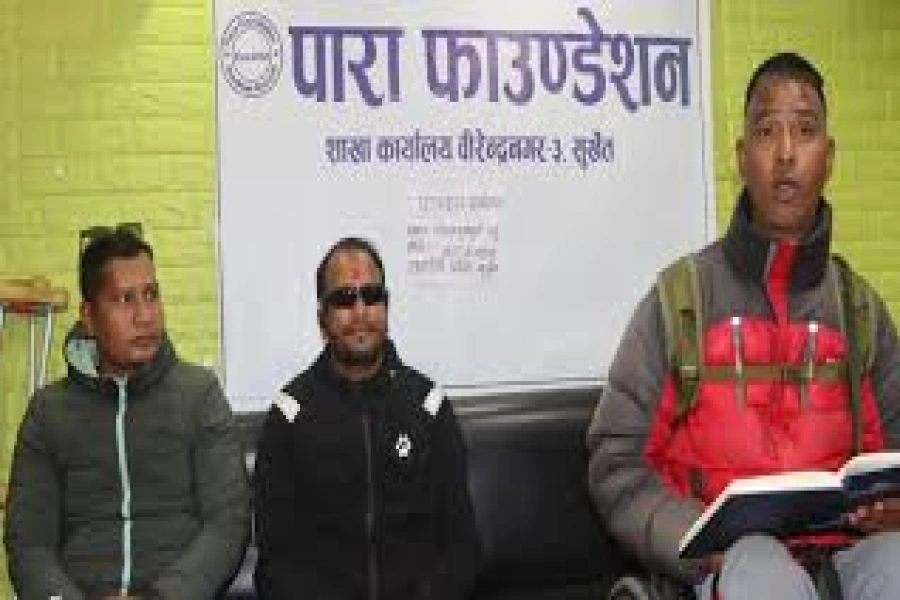Natural hazards or disasters can strike any part of the world at any time, often without warnings, and cause colossal loss of life and property. In Nepal, thousands of people lose lives and property worth billions due to natural disasters every year. These disasters include floods, droughts, landslides, and earthquakes.
Although natural disasters have been regular phenomena since ancient times and one never knows when they will strike, their frequency appears to have greatly increased in the recent times. [break]

This may partly be due to the environmental degradation caused by deforestation, unplanned land use, and of course, population explosion, especially in our region. Though it may not be possible to eliminate natural disasters completely, creating awareness among people about potentially destructive disasters can greatly reduce their suffering. This requires adequate disaster management and planning by developing suitable warning systems which can prepare us for any eventuality.
Remote sensing is defined as the science of extracting information about the surface of the earth from images acquired at a distance. Observation of the earth is done by means of reflected or emitted electromagnetic energy. A typical remote sensing system has four basic components, namely, a source of energy, its interaction with the earth’s surface, interaction of reflected and/ or emitted energy with the atmosphere, and the detection of reflected or emitted energy by Sensor. The energy may come from a natural source such as the sun, or an artificial source such as a microwave Radar (Radio detection and Ranging).
The sensor—let us say, for example, a camera—captures the energy that has interacted with the atmosphere and the earth. The sensors to produce digital and photographic images record the difference in the amount of energy reflected by various earth surface features.
Remote sensing can be effectively utilized to reduce the degree of damage caused by disasters. Remotely sensed data can be applied to prepare hazard maps, displaying the degree of hazard risk and anticipated severity of possible disasters in different areas. Under remote sensing techniques, maps can be prepared using satellite data or aerial photographs, and then digitized and stored on computers using GIS software.
Disaster maps generally point out risk zones as well as disaster impact zones. Areas that would be affected increasingly with increase in the magnitude of the disaster are marked in such maps. These could include landslide hazard maps, flood zone maps, seismic zone maps, forest fire risk maps, industrial risk zone maps, etc. These maps assist in reducing disaster risk by informing people in advance about likely hazards, so that preventive measures may be taken. Further, remote sensing can help devise suitable methods for disaster management, monitoring, and assessment.
Each satellite has a different repeat pass frequency and spatial resolution (unless it belongs to the same series of satellites for the purpose of continuation of data flow with same specifications). Similarly, different satellites have different types of sensors on-board, such as panchromatic, multispectral, infrared and thermal. All these sensors have applications in disaster mitigation, though depending on the electromagnetic characteristics of the objects on Earth and the nature of disaster itself. For example, thermal sensors capture fire hazards, infrared sensors are more suitable for flood, and microwave sensors can record soil moisture. Remote Sensing technique is new to Nepal, but in light of the frequent disasters that hit Nepal, it is very essential for our country.
The author is a Research Fellow at NAST
hemukafle@gmail.com
Staff shortage hits remote districts as TIA Immigration Office...






